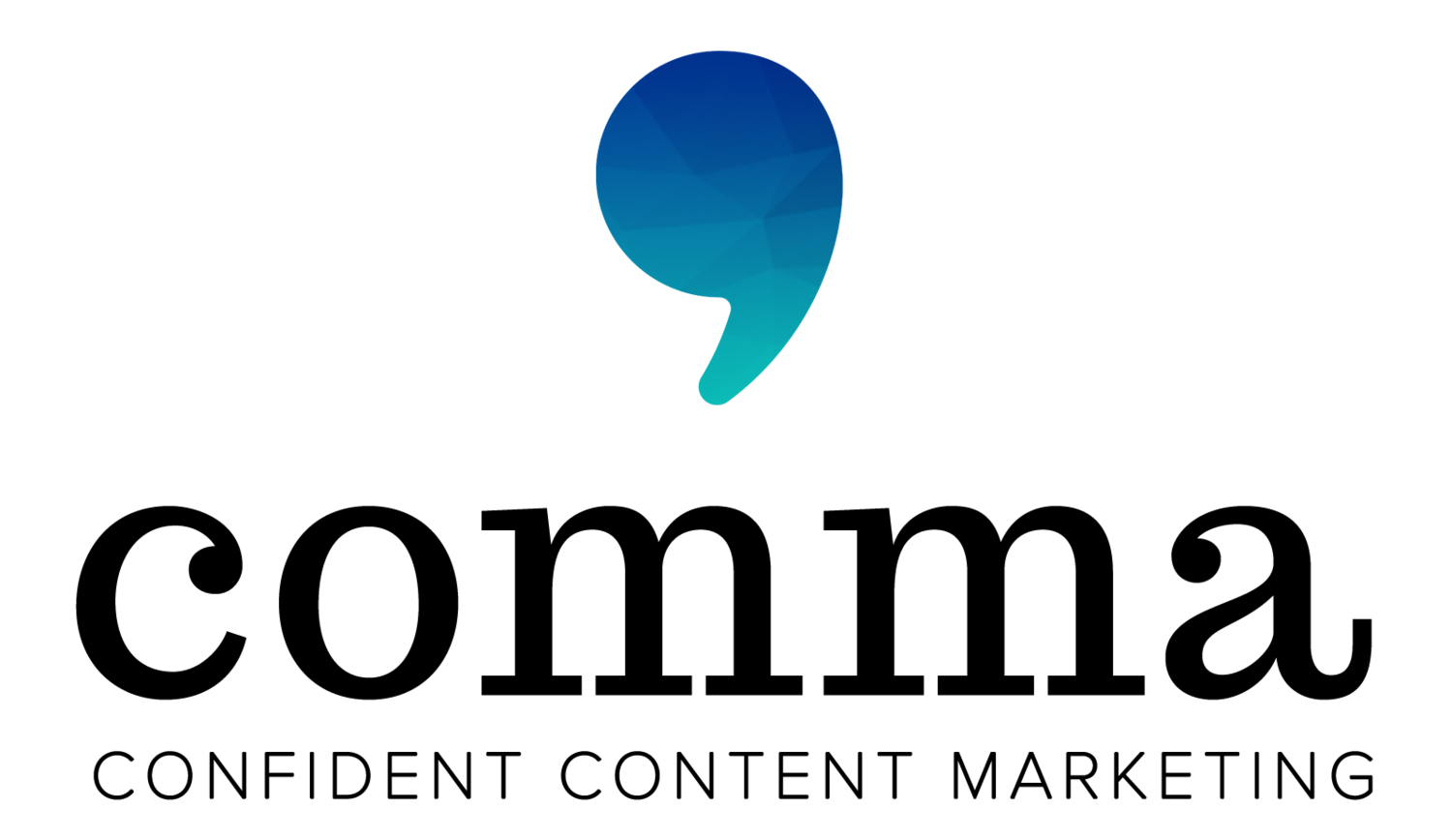Need Talent on Demand? The Hollywood Model Might Be the Future of Work
Let’s take a trip down memory lane for a moment. In the Golden Age of Hollywood, the big name studios would work exclusively with certain actors and actresses on their payroll. That paradigm has shifted, and now the free agent is more of the rule than the exception in Hollywood and, to some extent, in the creative sector.
The Hollywood Model vs. the Traditional Model
In the context of the entertainment industry, the specific movie or project acts as the “company” for the talent. The teams are assembled by the powers that be based on the job at hand. In other words, it’s every person for themselves. When the project is completed, everyone goes their separate ways. In other words, there’s no consistent team per se. Every movie project calls for a different approach, and the team members can be fluid and vary in number.
The same can be said in the corporate environment. MBO Partners’ report, “The Contingent Labor Imperative,” illustrates the lay of the land, largely driven by the pandemic. Per their findings, “67% of corporations expect their use of contingent workers to increase substantially (33%) or somewhat (44%) in the next 18 months. Only 6% project a decline in their use of contingent workers.”
In other words, the workplace has been forever changed in the last few years. There’s likely no going back to the old-school way of approaching work and workflows.
The Hollywood Model in the Marketing World
What does this mean for the marketing world? Ultimately, the Hollywood model adds value in the creative services realm because it allows decision-makers to assemble the ideal cohort of people for the work and the skills required. Just like in LA, this framework means you can source the best people for the job instead of having to rely on a set group of people.
The financial benefits can’t be overstated either. For instance, companies don’t have to keep people on the payroll when their skills or expertise aren’t relevant to the project. With the Hollywood model, you can curate a successful team without having to pay a fortune on salaries and benefits.
The Hollywood Model: Talent on Tap
You might be wondering how this works in practice. Say a client approaches an agency with a specific project in mind. They might have a team, but it’s more of a de facto situation. These team members are tapped based on their skills, expertise, and bandwidth. They aren’t permanently on the payroll but on call if and when a project is a good fit. In this way, the client is getting qualified talent at rates they can afford.
It’s important to understand that not all agencies embrace this model, but those that do offer a compelling value proposition of better service with robust talent at a lower cost. It doesn’t matter if your project is graphic design, video, or copywriting; the Hollywood model can serve organizations of all sizes and industries.
The Hollywood model can benefit businesses on several levels. Here are a few of the most compelling reasons to engage with a content agency that uses the model:
Fresh Talent – The creatives who are pulled together for your project are selected for your specific needs instead of pulling from a pool of generalists.
Lower Cost – The Hollywood model can cut costs because the contractors are assembled for each project, and the engagement ends when the project is completed.
This means there are no overhead expenses to consider.
Skilled Talent – This approach is based on the premise that creatives are working on advancing professionally to stay relevant in their field. If they don’t invest in themselves and their skills, they risk losing the project to a more talented person. There’s a lot to be said for staying hungry.
Dedication – The team is focused on only one project, and they’re the cream of the crop.
However, this model isn’t the best fit or ideal for every organization. That said, Here are a few of the cons:
When teams haven’t worked together before, there can be some time needed to forge bonds. They might not know each other, and professional rapport doesn't happen overnight.
As a client, you may or may not be able to get the same creative again for future projects, depending on availability.
The professional may need time to get up to speed on your business’s suite of products or services.
Employers may have concerns that sensitive information is known by individuals who are not employed by the organization. Nondisclosure and confidentiality agreements are best practices in the creative industry, but even so, some clients have reservations.
Not having employees on the payroll means you might be in a bind if a rush job comes up.
This type of work still requires human capital. You’ll still need to rely on someone to be in charge of all of the different people and workflow.
Ultimately, the Hollywood model addresses many pain points for clients who come out ahead in the end. Conversely, those who continue to pay for the prestige of working with Madison Avenue agencies might be paying just for the flashy image. Another risk is that clients won’t get substance or have a great working relationship. As the movies have taught us, perception isn't always reality. (You can thank the late, great Alfred Hitchcock for that.)
Don’t get hoodwinked. Working with a content marketing agency can help you gain a competitive edge without the hassles that come with working within the traditional model. Our team of creative copywriters at Comma Copywriters is ready to take on your next project.
Get in touch for a free consultation and learn more about how we use the Hollywood model to your advantage to deliver dynamic work, on time and on budget.

